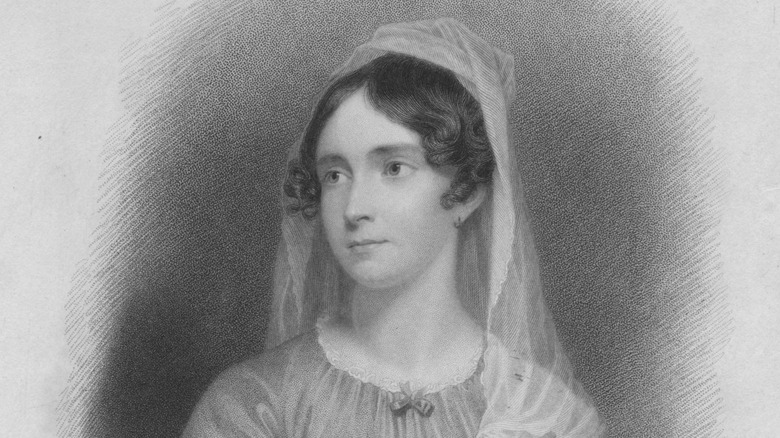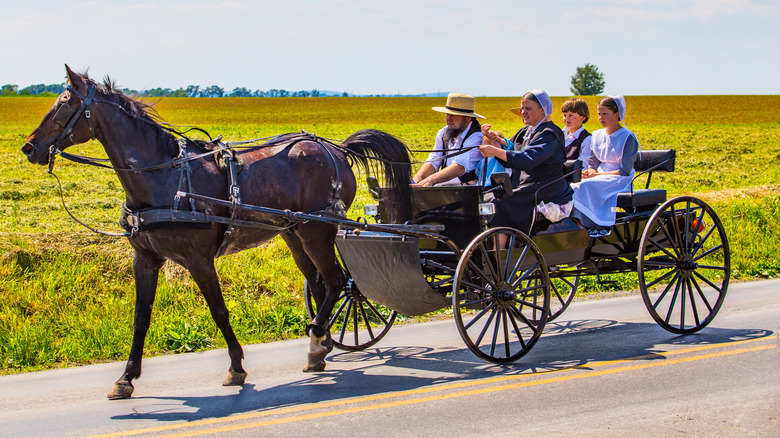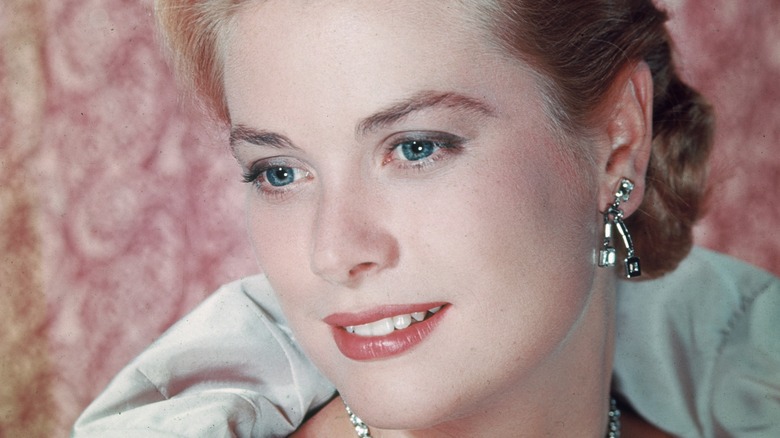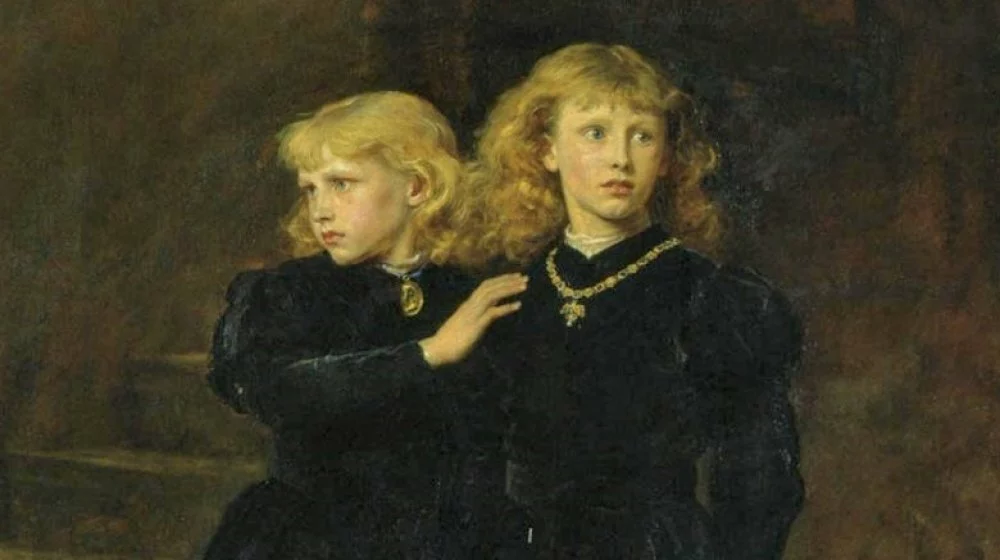
The Truth About Lord Byron’s Marriage
Lord Byron: prolific, brilliant Romantic poet (once handsomely portrayed by the great Gabriel Byrne in the 1986 cult classic, “Gothic”), or narcissistic, manipulative, probable sex addict, depending on who you talk to. As the age-old question asks: Why not both?
Biography tells us that he was born George Gordon Byron to a fading aristocratic family in January of 1788, and at just 10 years old, inherited the “Lord” title from his great-uncle. As privileged as all of that sounds, he had a rough start: his dad abandoned him, his mother suffered from schizophrenia and would often verbally assault him, and the nurse who was supposed to look after him instead abused him. With such an emotionally malnourished childhood, it’s not exactly surprising that starting around 12 years old, he’d spend most of his 36 years seeking and writing about love and sex, usually with disastrous results. After a few too many such disastrous entanglements, one allegedly involving his half-sister Augusta (per Poetry Foundation), Byron decided that he should settle down with someone who would single-handedly tame his wild ways (and distract from the rumors about him and Augusta).
After a lengthy, friendly correspondence with Annabella Milbanke and one rejected proposal, she hesitantly agreed to a second proposal, and the two married in January of 1815. Annabella came from a good and loving family, was extremely well-read, and had an innate talent for mathematics. She became pregnant two months after her marriage to Byron.
That'll Do
Since Annabella wasn’t a magician with a miracle cure for her husband’s chronically lusty ways, he continued extramarital affairs and, when he was home, made Annabella’s life miserable. Byron was plagued by financial troubles, his drinking escalated, and, as novelist Walter Scott put it, he was “irritable to the point of mental disease” (per Slate). The book “In Byron’s Wake” by Miranda Seymour chronicles the couple’s tumultuous marriage and the birth of their daughter in December of 1815. Even late in Annabella’s pregnancy, Byron tormented her, referring to her as “a nice little sullen nucleus of concentrated savageness” (via The New York Times). Perhaps her sullen savageness had something to do with him throwing his affairs in her face, and mockingly nicknaming her “Princess of Parallelograms,” because her intelligence was funny to him somehow?
In an article about Seymour’s book, Slate relates that Byron once reported to Annabella that he had spent some naked time with two prostitutes, and mulled which of them he’d bring home to live with him, Annabella, and their daughter. Understandably disgusted, Annabella consulted her parents, and they began planning his institutionalization because no person in his right mind would keep up that level of sadism to his wife. But, before that could happen, Byron left England and never returned. Little Ada, who would follow in her mother’s intelligent footsteps and go on to become genius mathematician Ada Lovelace, was four months old when he fled, and the marriage had lasted just 13 months.
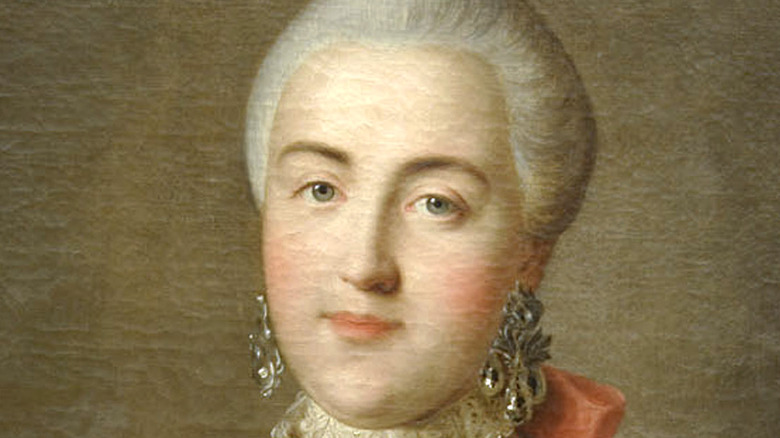
The Rewards That Came With Being Catherine The Great's Lover
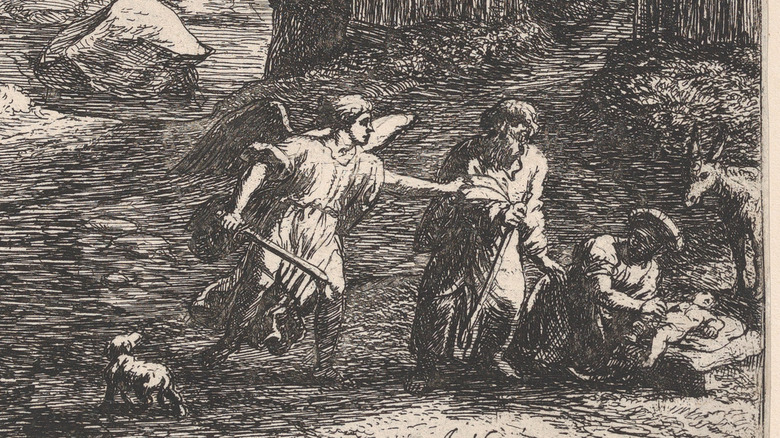
The Truth About Moses' Wife Zipporah

The Truth About The World's Largest Active Volcano

The Unbelievable Story Of The Man Who Survived His Own Hanging

This Gross Ingredient Was Once Used As A Popular Teeth Whitener
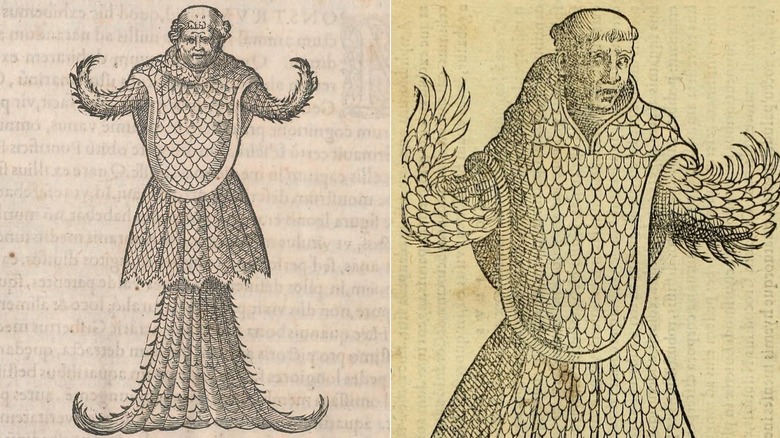
The Mythology Of Sea Monks Explained

What Was Donald Rumsfeld's Net Worth When He Died?

What Happened To Greg Witman's Parents, Sue And Ron?

The Tragic Truth About Tico Torres

Philip Snider Murdered His Wife. Here's How He Was Finally Caught
